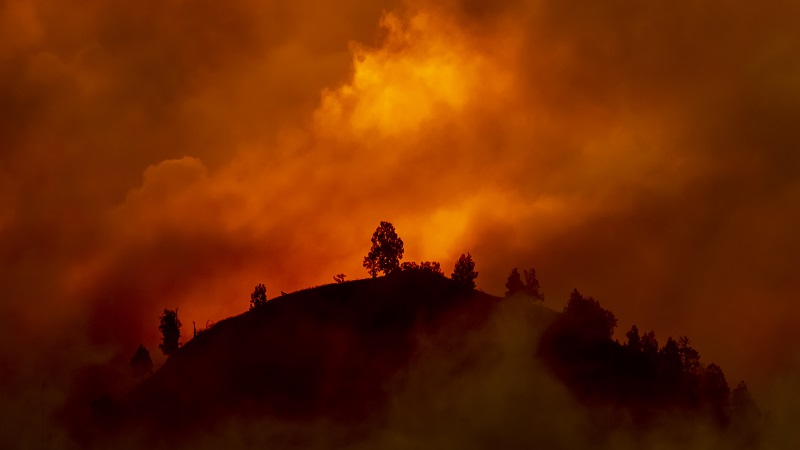
With the world getting hotter and drier, it is no surprise that wildfires have become more frequent. Across the US, the annual number of acres burned in wildfires has more than doubled in the past 2 decades. With population growth in wildland-urban interface areas and issues with forest management exacerbating the risk, there are no easy answers but there are ways to help stem the tide.
In this BRINK article, Guy Carpenter’s Guillermo Franco, Managing Director and Global Head of Catastrophe Risk Research, and Sydney Hedberg, Associate Director, Marsh McLennan Advantage, suggest that parametric risk transfer is an effective way of addressing the challenge.
Parametric solutions rely on measurements of the event’s intensity and location in order to determine payouts. Wildfire lends itself well to parametric treatment, as the hazard location largely determines the loss outcome. Numerous satellites and better instrumentation in recent decades have led to (re)insurance companies developing parametric contracts that rely on measurements that are often free, public and available in near real time.
Indirect damages—such as interruption of operation—can rival direct damages in their financial impact. With a parametric cover, once the threshold for eligibility is met, the claims process is very straightforward, without the need for complex and costly loss-adjustment operations. This gets needed resources in the hands of people affected by these occurrences that much more quickly.
More Frequent Wildfires Could Drive Up the Cost of Insurance
Parametric solutions are a major part of the equation in Community-Based Catastrophe Insurance. This report, developed in partnership with the Wharton Risk Management and Decision Processes Center and Marsh McLennan, dives into the benefits of CBCI, possible structures, and sets out a five-part framework for CBCI implementation.